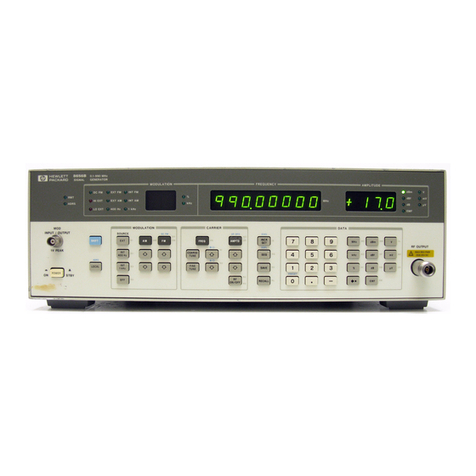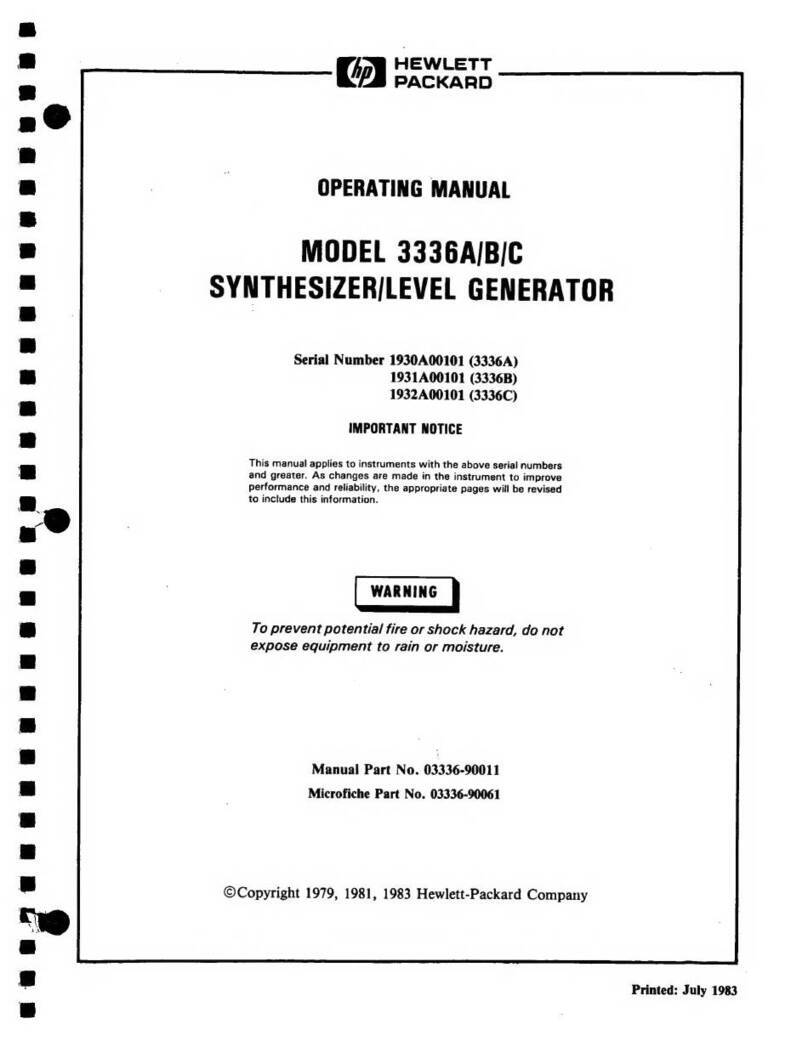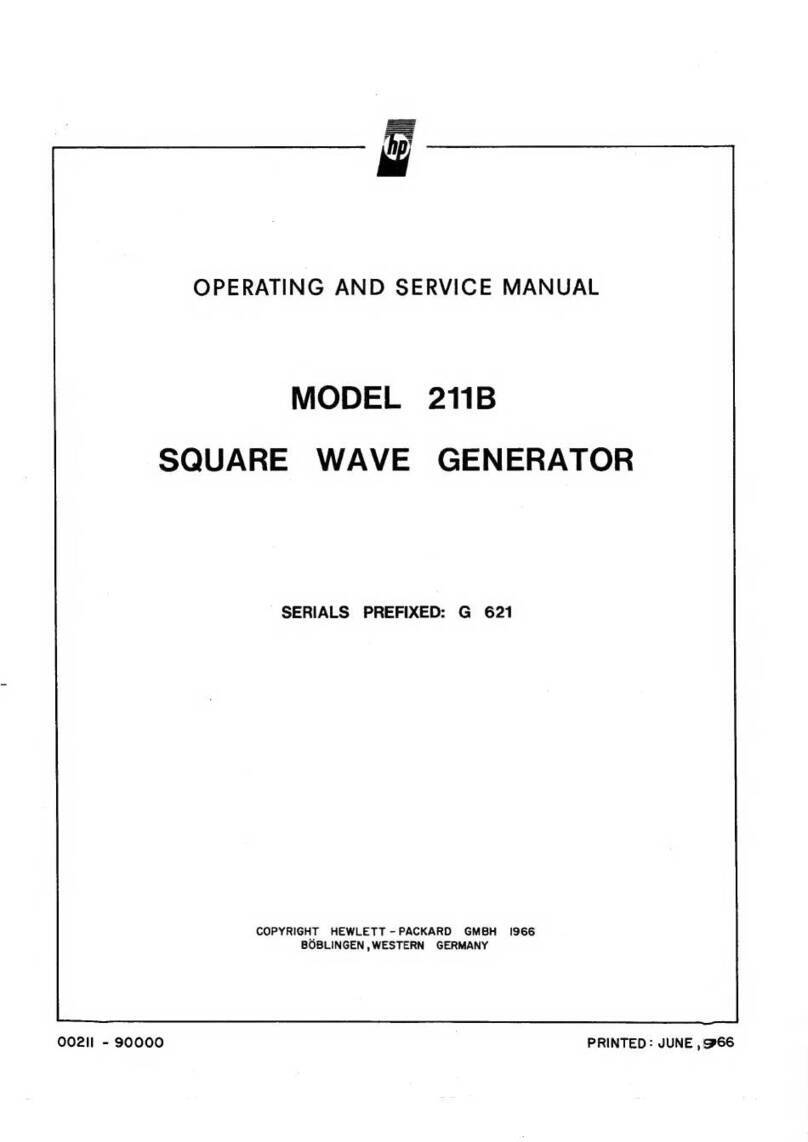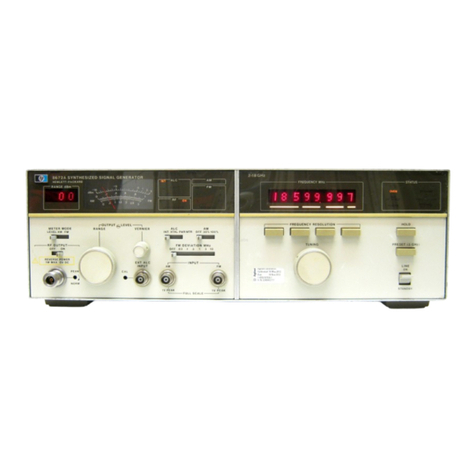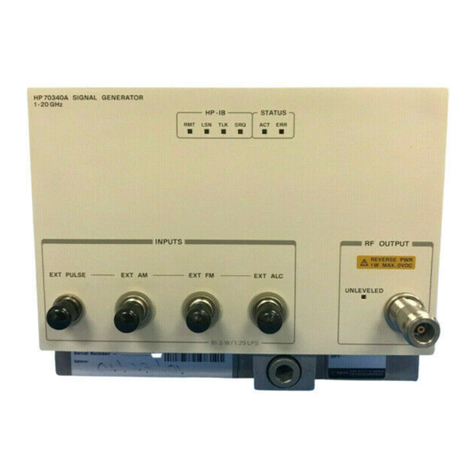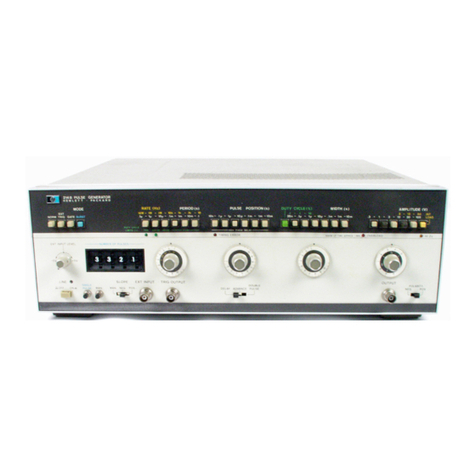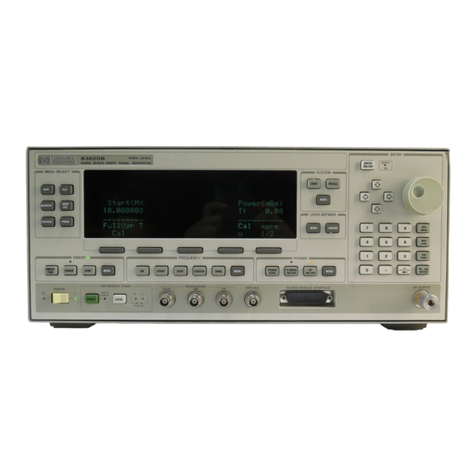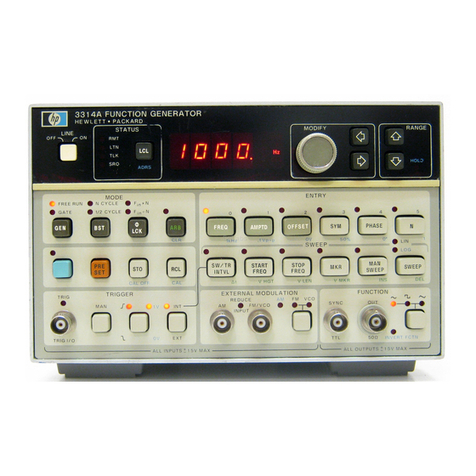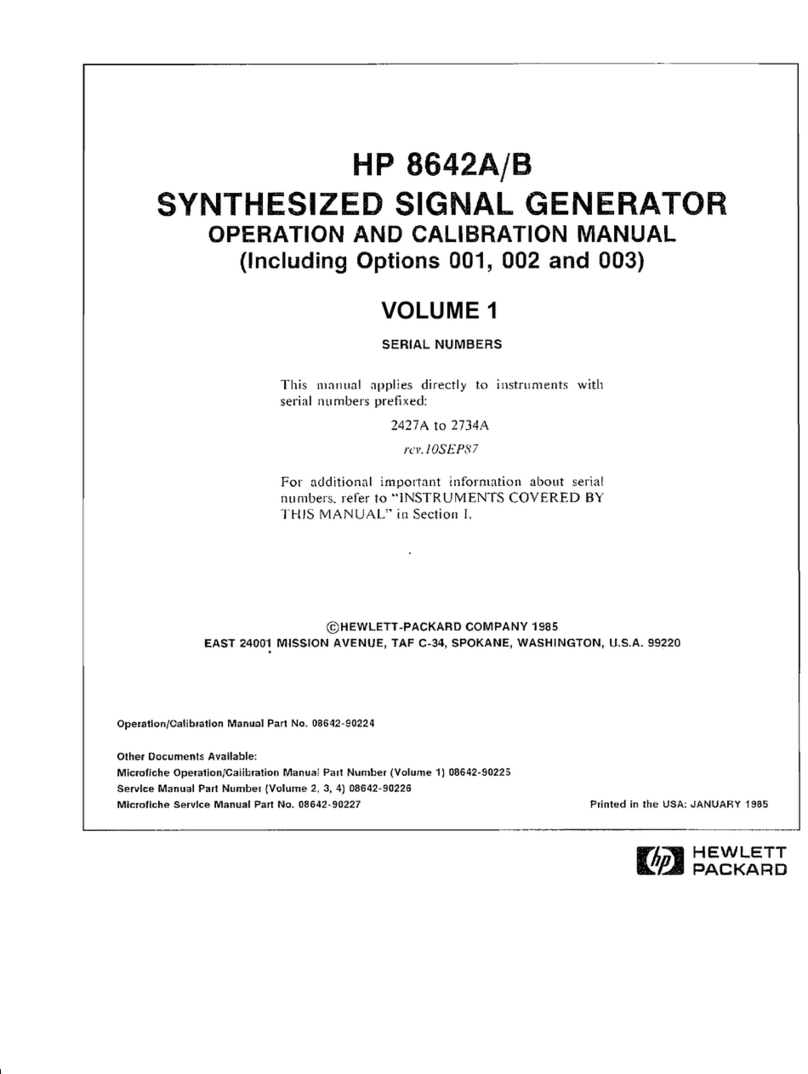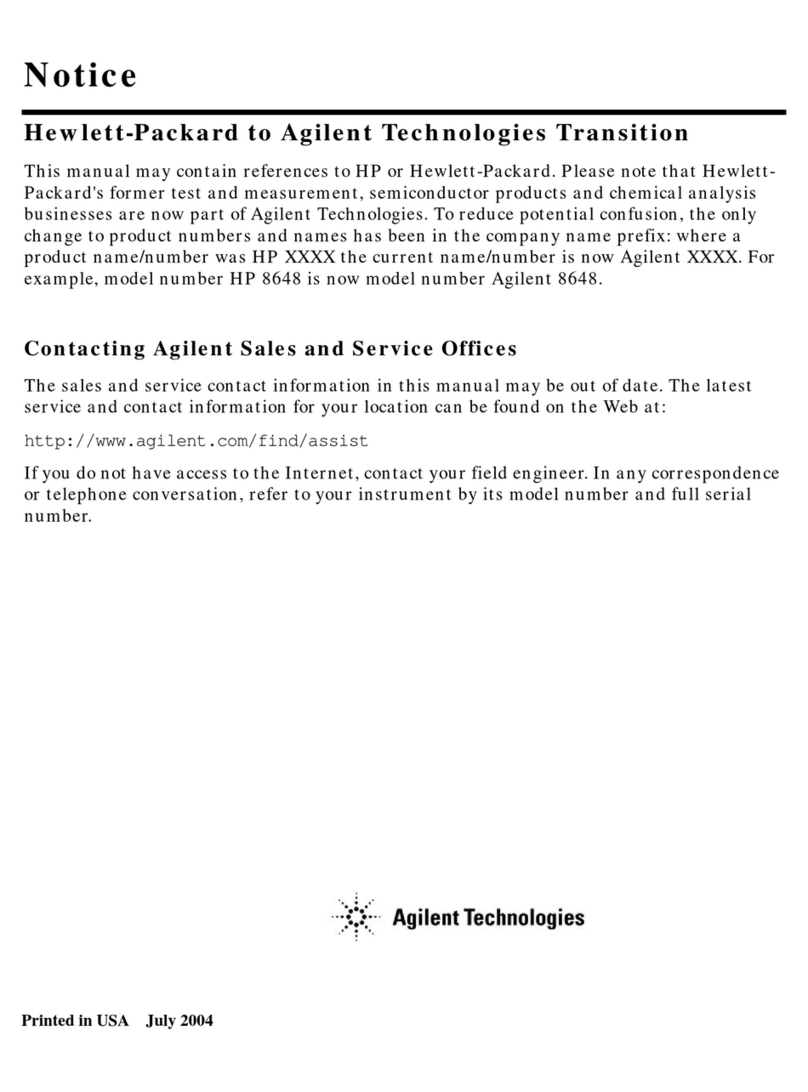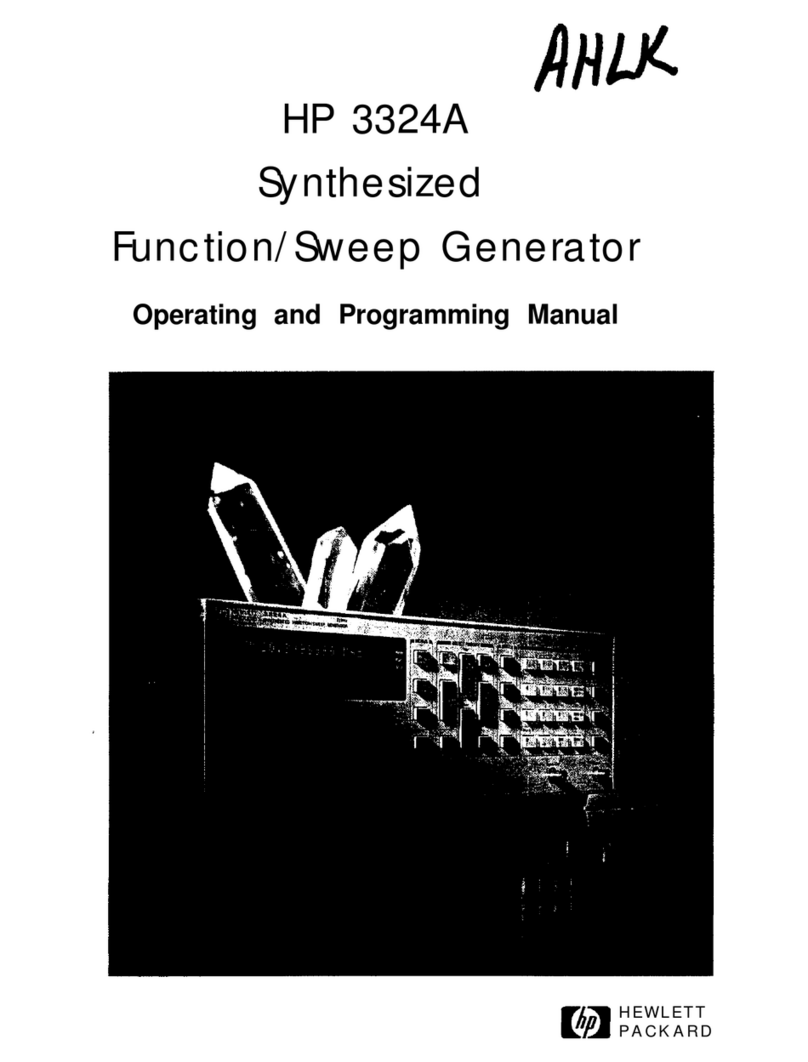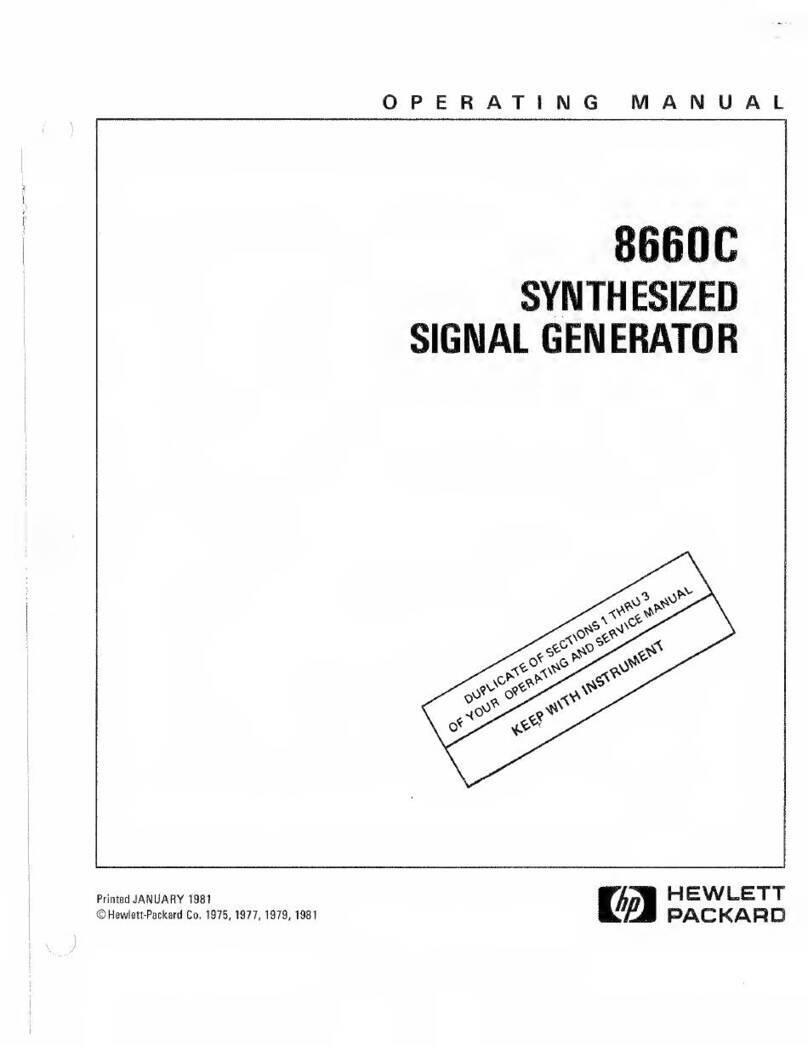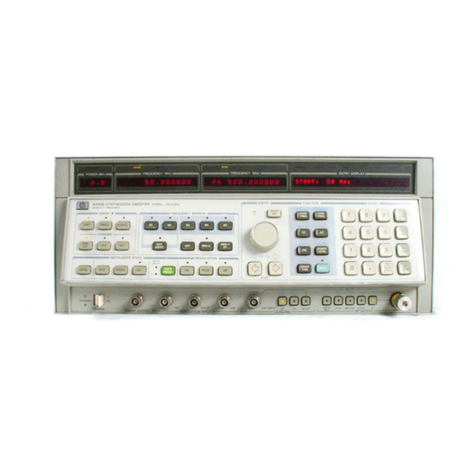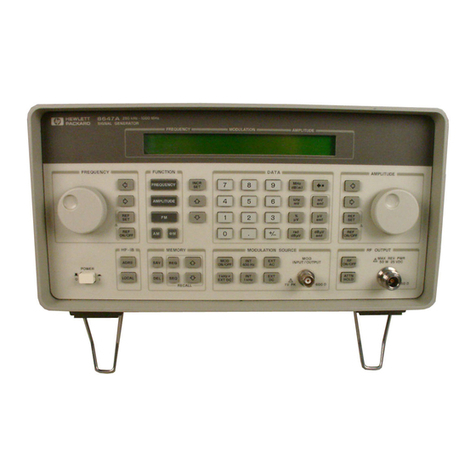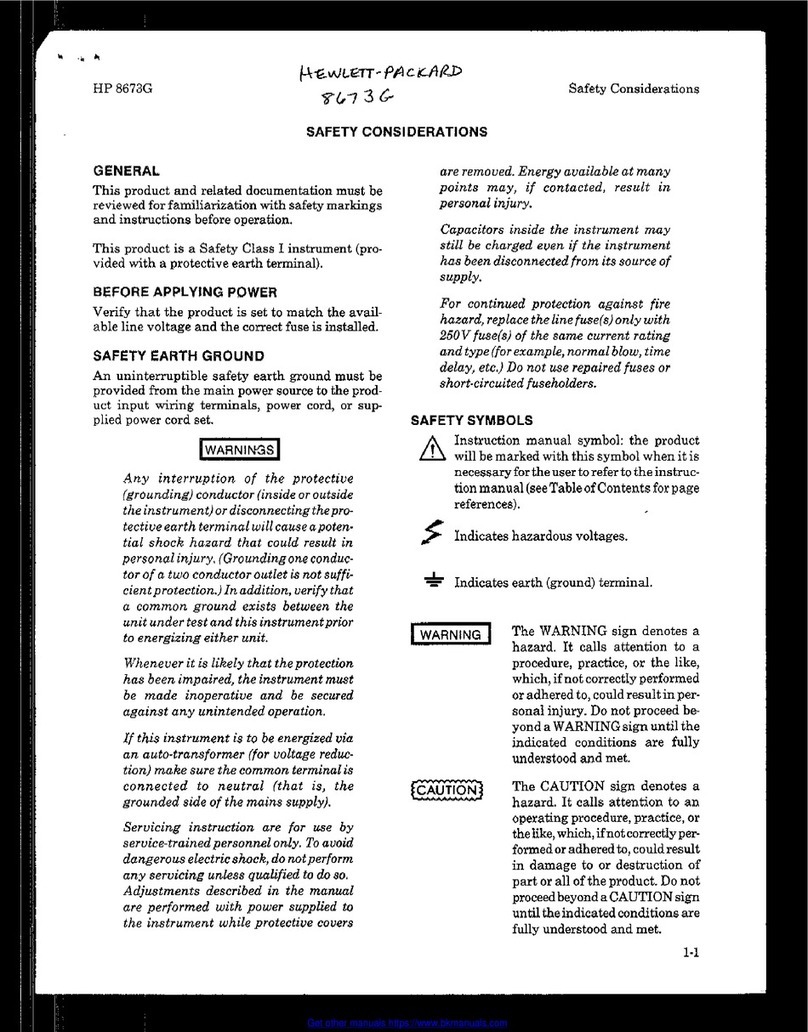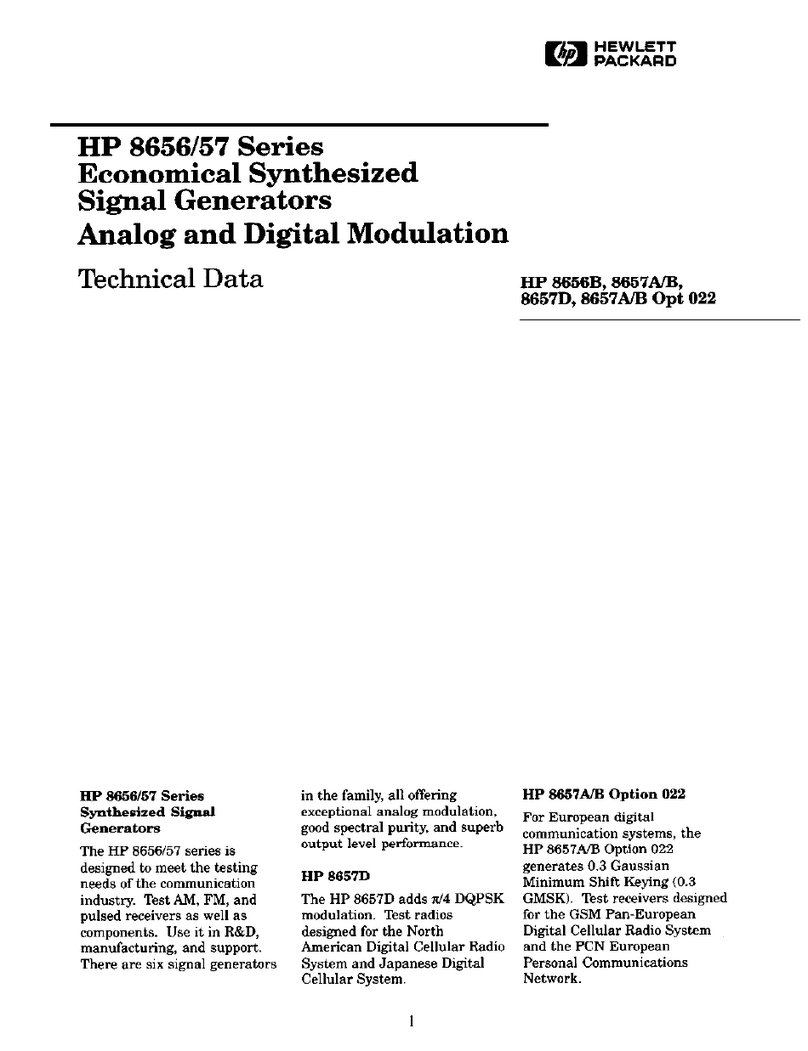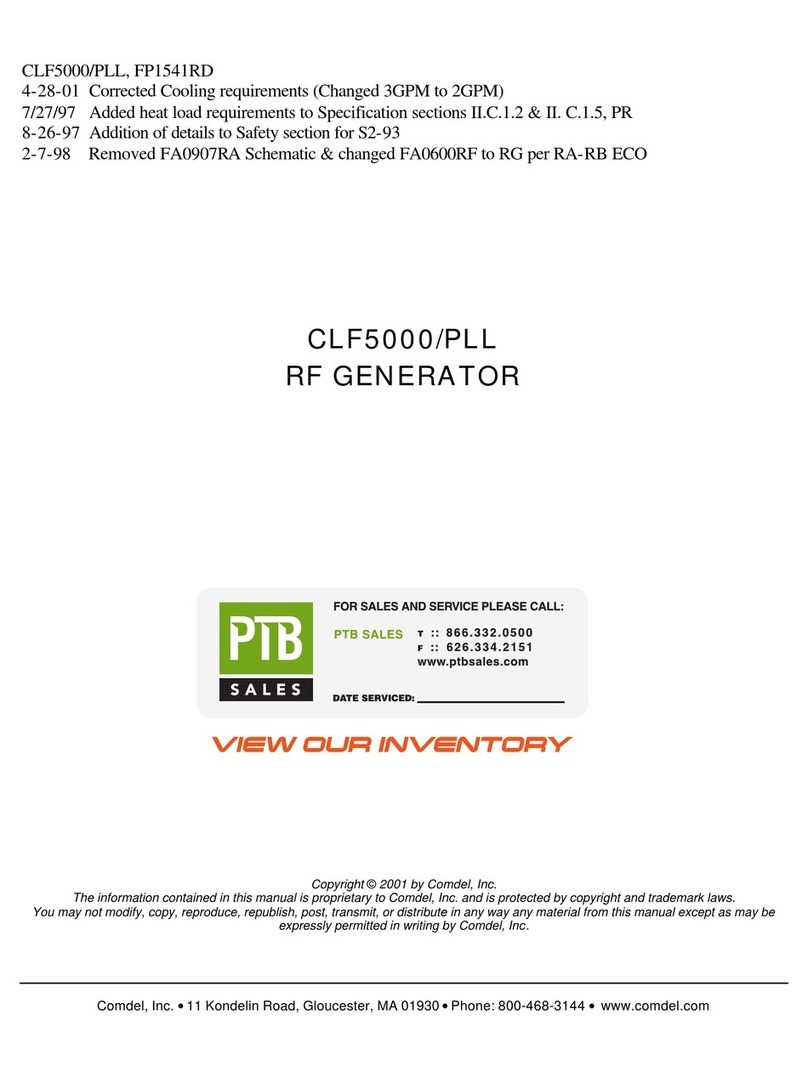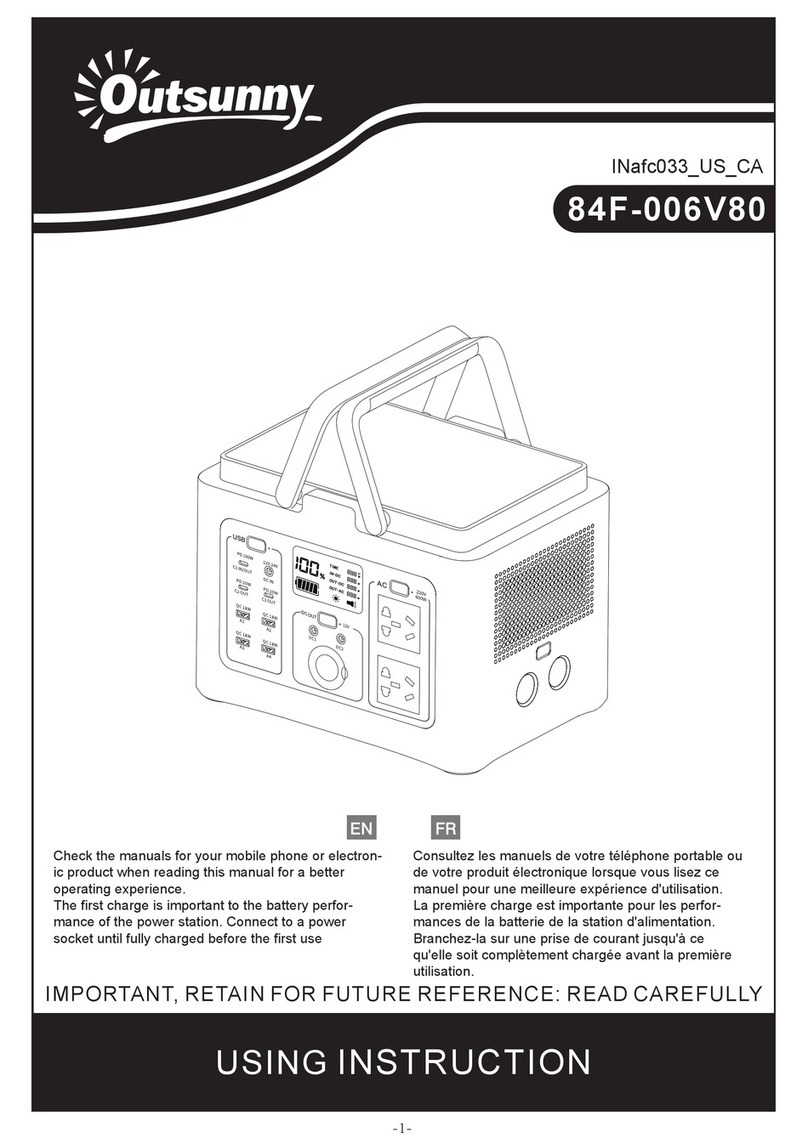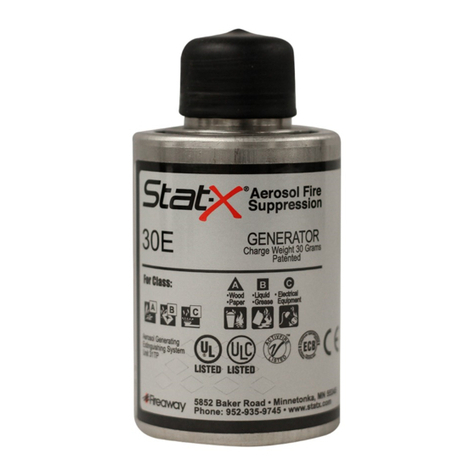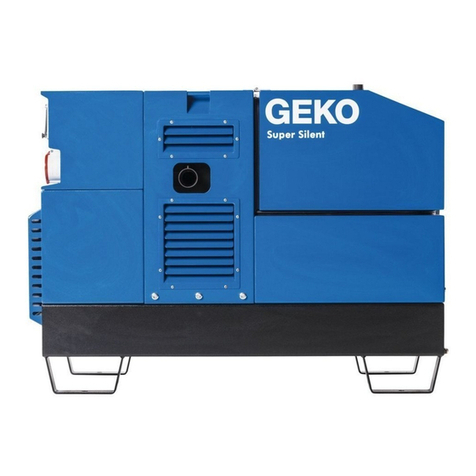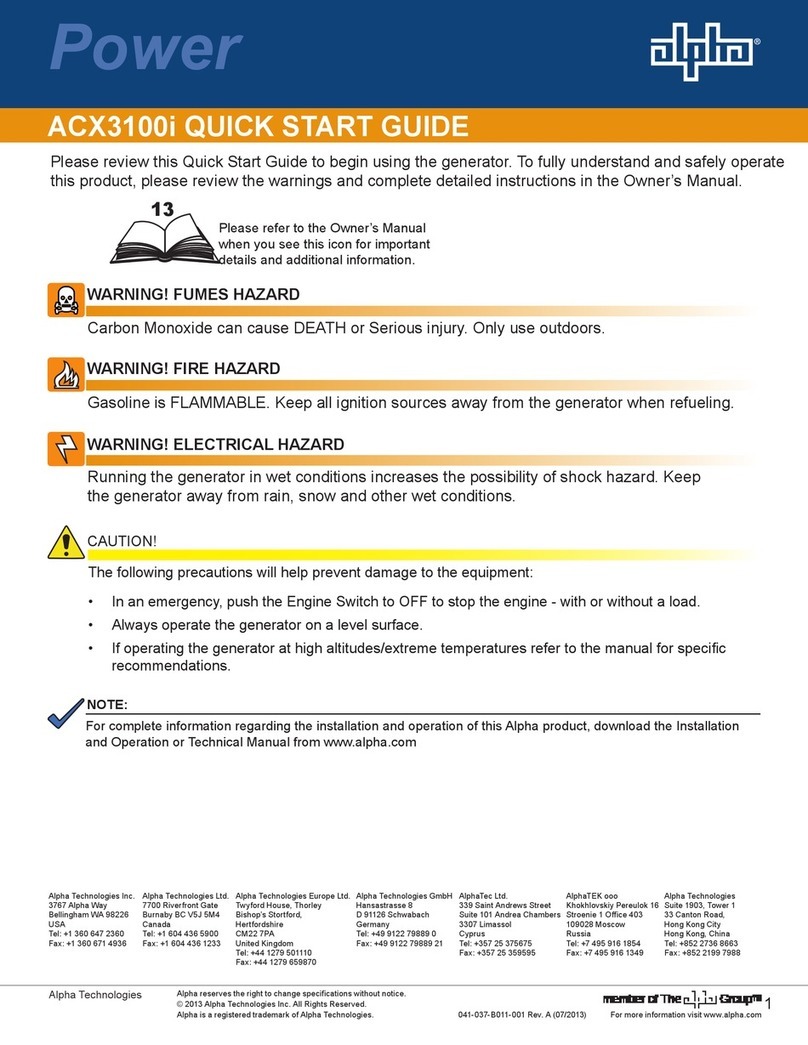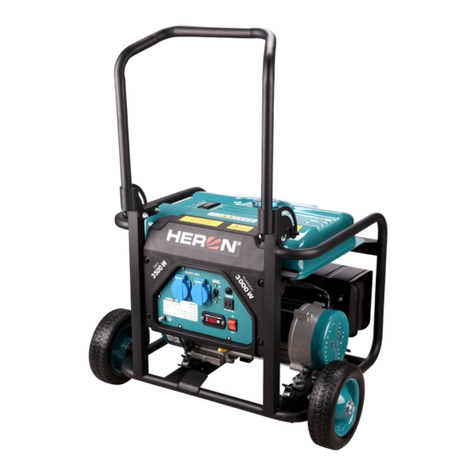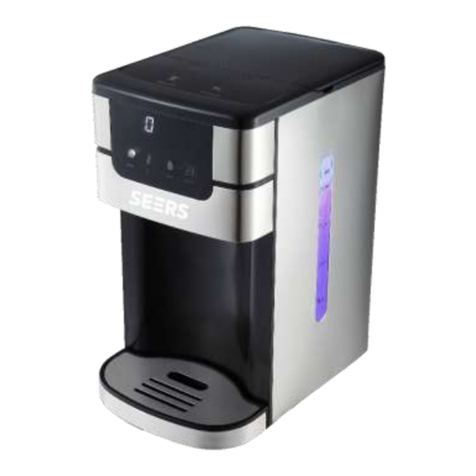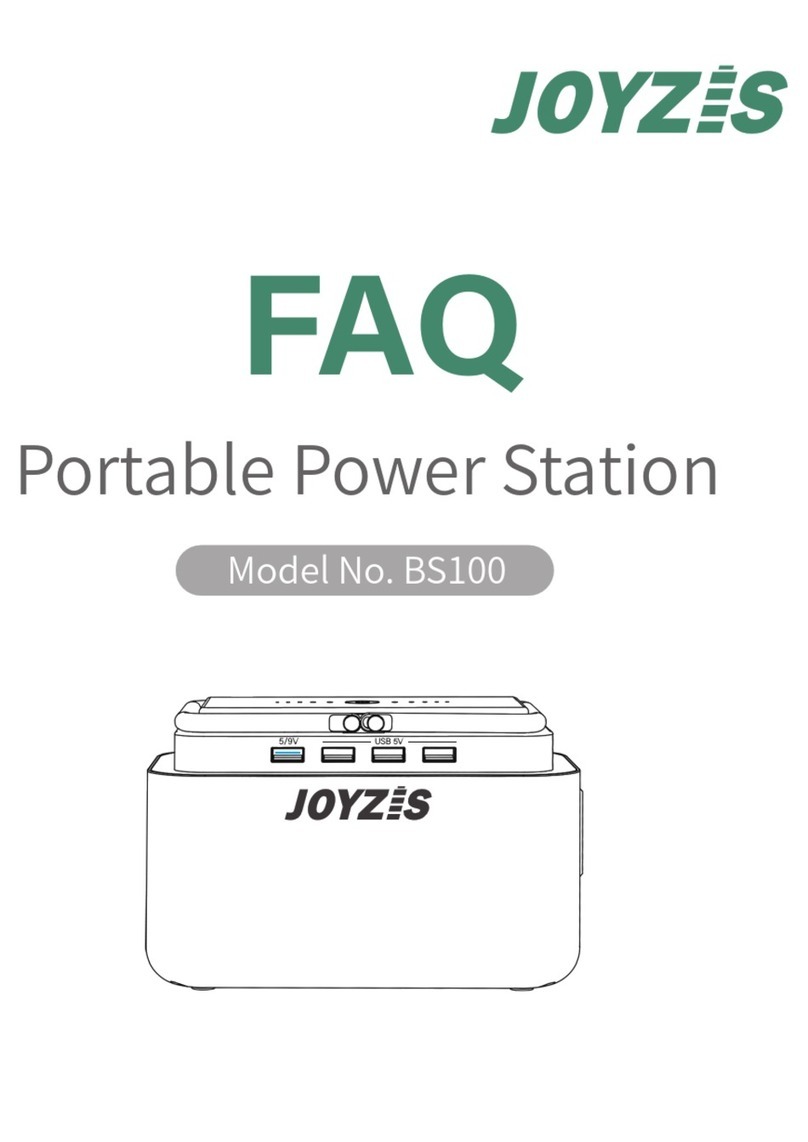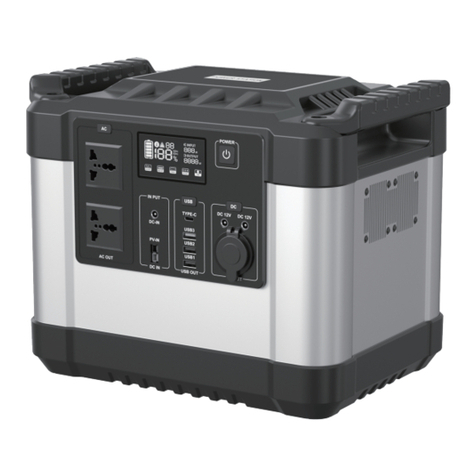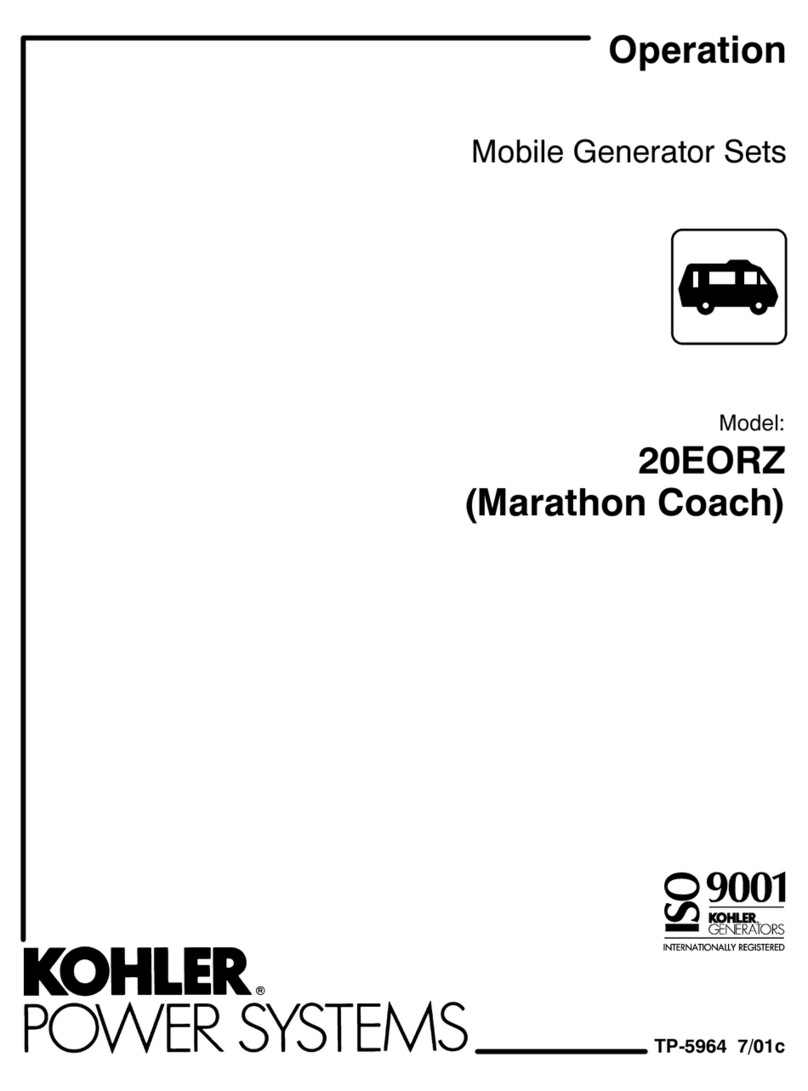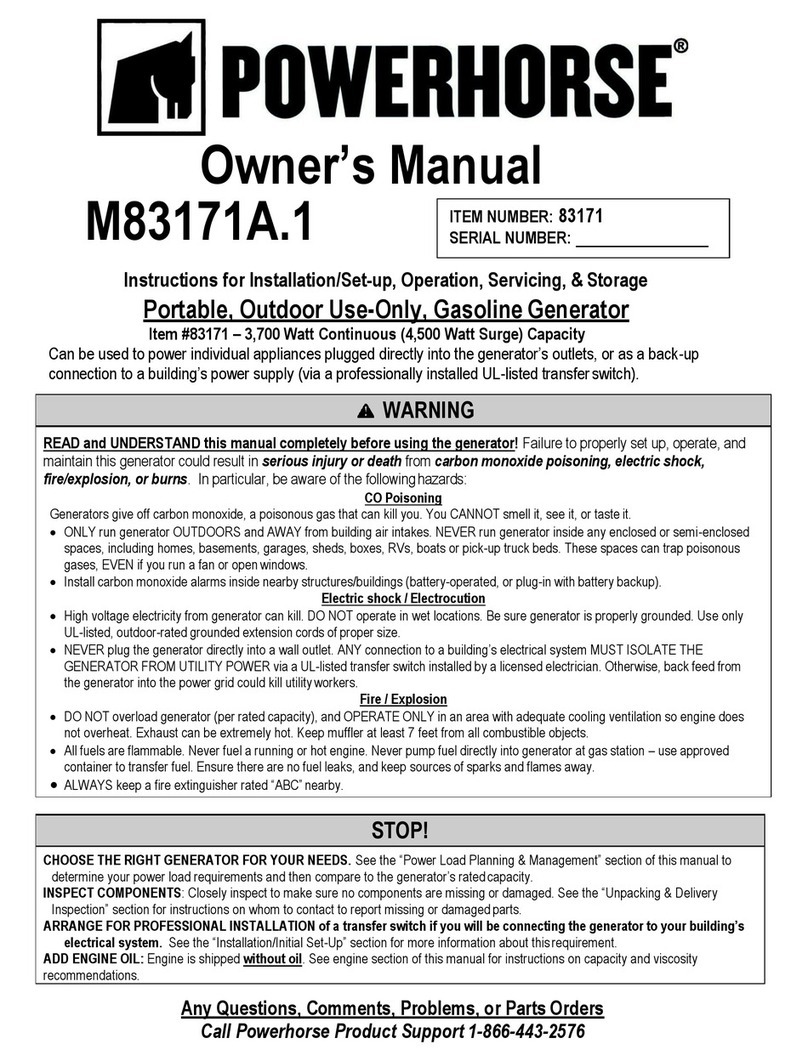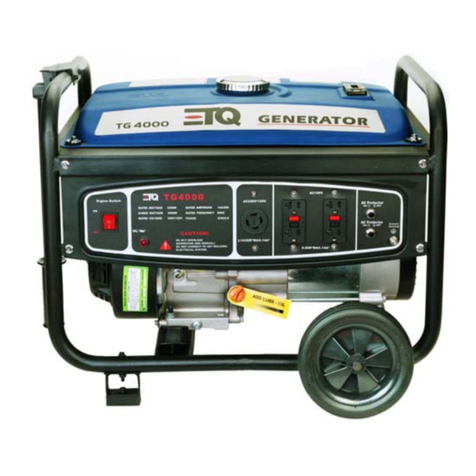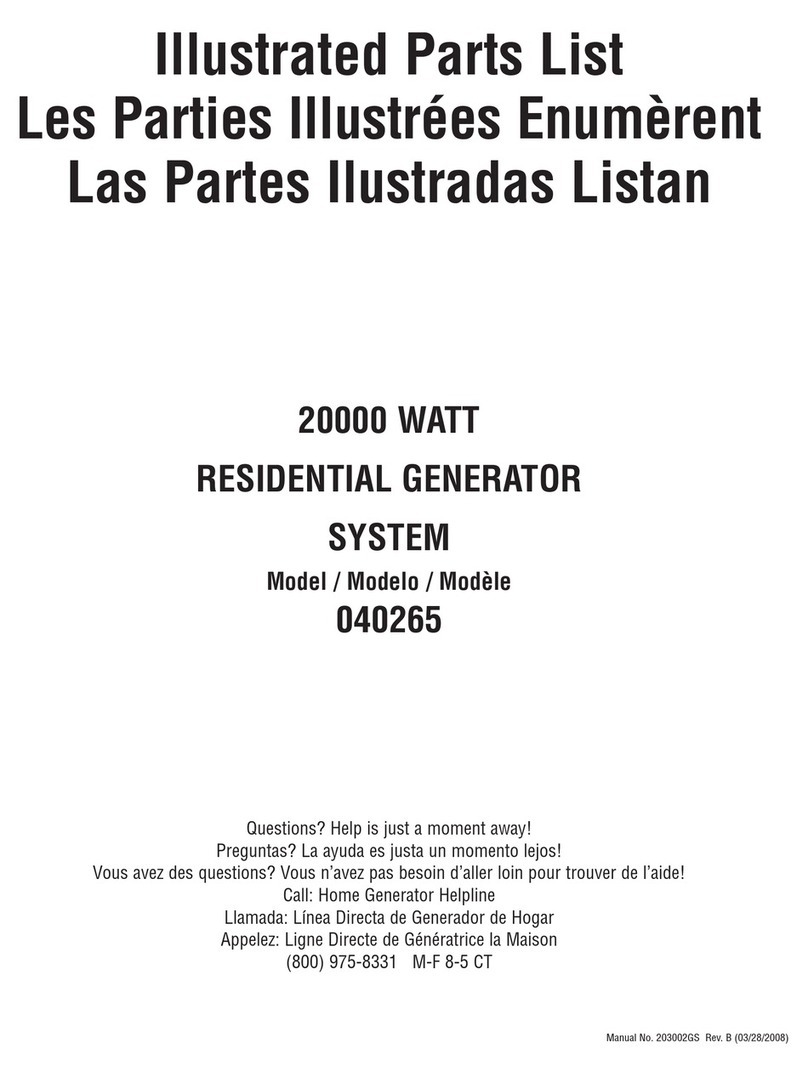
6. Programming
General ....................
Setting the HP-IB Address ..........
Local, Remote and Local Lockout .......
Abbreviations used in this Document ......
Terminators .................
Programming ................
Example: .................
Example: .................
Multiple Commands .............
Examples: .................
Selecting Trigger Modes .............
Standard Trigger Modes ............
Trigger Control ...............
Example ..................
Selecting Control Modes .............
Example ..................
Selecting Output Waveform Mode ........
Example ..................
Setting Parameters ...............
Timing parameters ..............
Example ..................
Level parameters ...............
Example ..................
Burst Parameter ...............
Example ..................
Vernier ....................
Example ..................
Range Change .................
Example ..................
Stored Parameters ...............
Example ..................
Excessive Slope Calculation ...........
Example ..................
Reading parameters ...............
Standard ..................
Example ..................
Selecting Output Modes .............
Output Controls ...............
Example ..................
Reading the Current Settings ..........
Example ..................
Timing ....................
Data Transmission Time ...........
Send ...................
Answer ..................
Implementation Time .............
Hardware Settling Time ............
Error, Fault and Status Reporting ........
HP-IB Status Byte ..............
Limit Error (Bit 0) ..............
6-l
6-l
6-2
6-3
6-3
6-4
6-4
6-4
6-4
6-4
6-6
6-6
6-6
6-6
6-6
6-6
6-7
6-7
6-7
6-7
6-7
6-8
6-8
6-8
6-8
6-8
6-8
6-9
6-9
6-9
6-9
6-9
6-9
6-10
6-10
6-10
6-11
6-11
6-11
6-11
6-12
6-12
6-12
6-12
6-12
6-12
6-13
6-13
6-13
6-14
Contents-4
